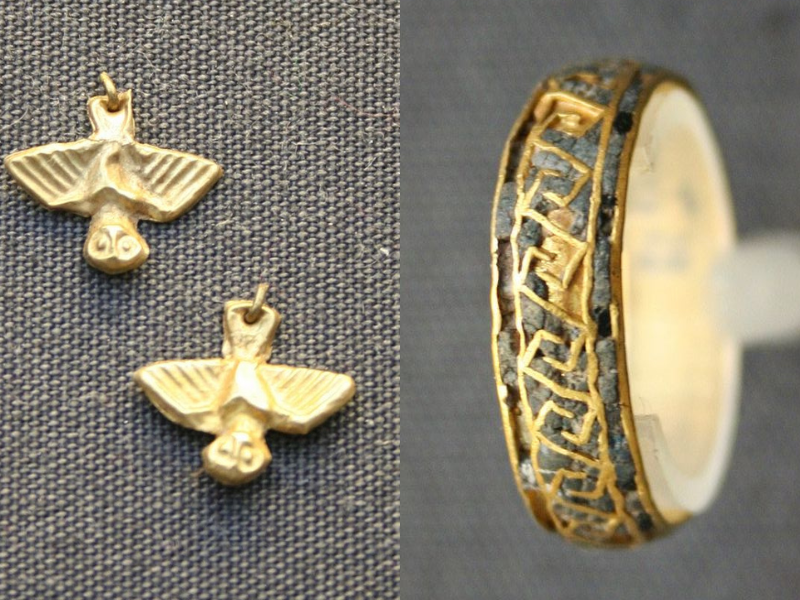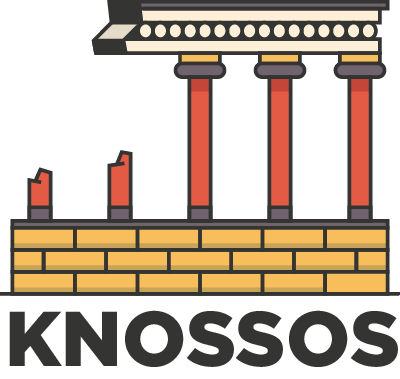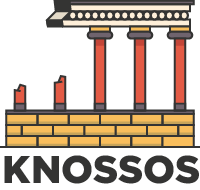Table of Contents
I. Introduction
The Minoan Civilization, flourishing on the island of Crete during the Bronze Age, has long captivated historians and archaeologists with its rich culture and advanced societal structures. Integral to this fascination is the Minoan language, a linguistic enigma that has resisted deciphering efforts for decades.
This article delves into the world of the Minoan language and script, primarily the mysterious Linear A, exploring its characteristics, the challenges in deciphering it, and its potential influence on other Aegean and Mediterranean civilizations.
II. The Minoan Script: Linear A and Its Mysteries
At the heart of Minoan linguistic enigma lies Linear A, an undeciphered script that played a crucial role in the administrative and ceremonial life of Minoan society. Unlike its successor, Linear B, which was deciphered and identified as an early form of Greek, Linear A remains a puzzle, offering only tantalizing glimpses into the Minoan world.
The script’s symbols and structure suggest a complex language system, yet its meanings and sounds elude definitive interpretation, leaving a gap in our understanding of Minoan culture.
III. Linguistic Influence in the Aegean
The influence of the Minoan language, while elusive due to the undeciphered Linear A, may have extended to neighboring Aegean civilizations. Evidence of scripts or languages in the region showing parallels or borrowings from Minoan script offers a window into the possible linguistic interactions.
These traces, found in various archaeological sites, suggest a degree of linguistic exchange, with Minoan script perhaps influencing the development of early writing systems in the Aegean.
IV. Minoan Language and Mycenaean Civilization
The relationship between the Minoan and Mycenaean civilizations is a focal point in understanding the transition from Linear A to Linear B. The Mycenaeans, who eventually became the dominant power in the region, adopted many aspects of Minoan culture, including elements of their language.
This adoption is evident in the evolution of Linear B, which, while deciphered as an early form of Greek, contains remnants of Minoan linguistic elements, hinting at a deeper cultural and linguistic integration.

V. Beyond the Aegean: Minoan Language in the Wider Mediterranean
The influence of the Minoan language potentially reached beyond the Aegean, facilitated by extensive trade networks and cultural exchanges.
The presence of Minoan artifacts and script in various parts of the Mediterranean hints at the possibility that elements of the Minoan language and script could have spread to other cultures. While direct evidence of linguistic influence is challenging to pinpoint due to the undeciphered nature of Linear A, the widespread nature of Minoan trade suggests a potential for linguistic exchange.
VI. The Legacy of Minoan Language and Script
The legacy of the Minoan language and script is a significant aspect of the linguistic landscape of the ancient Mediterranean. While the inability to decipher Linear A has left many questions unanswered, the script’s presence across Crete and in other Aegean sites signifies its importance.
The study of Minoan script offers insights into the cultural and intellectual history of the region and highlights the complexity of ancient Mediterranean languages and scripts.
VII. Conclusion
The Minoan language, encapsulated in the still undeciphered Linear A script, remains one of the great linguistic mysteries of the ancient world. Its potential influence on the Aegean and broader Mediterranean civilizations, while intangible, suggests a rich tapestry of cultural and linguistic exchange in the Bronze Age.
The study of the Minoan language and script is not just an academic pursuit; it is a quest to uncover a lost voice of the ancient world, one that played a pivotal role in shaping the cultural dynamics of the Mediterranean.
The ongoing efforts to decipher Linear A are crucial in piecing together the puzzle of the Minoan Civilization and its interactions with other ancient cultures.
Understanding the Minoan language is key to comprehending the full extent of their influence and legacy. As research continues, each new discovery brings us closer to hearing the echoes of a civilization that once masterfully navigated the seas and left indelible imprints on the shores of history.


